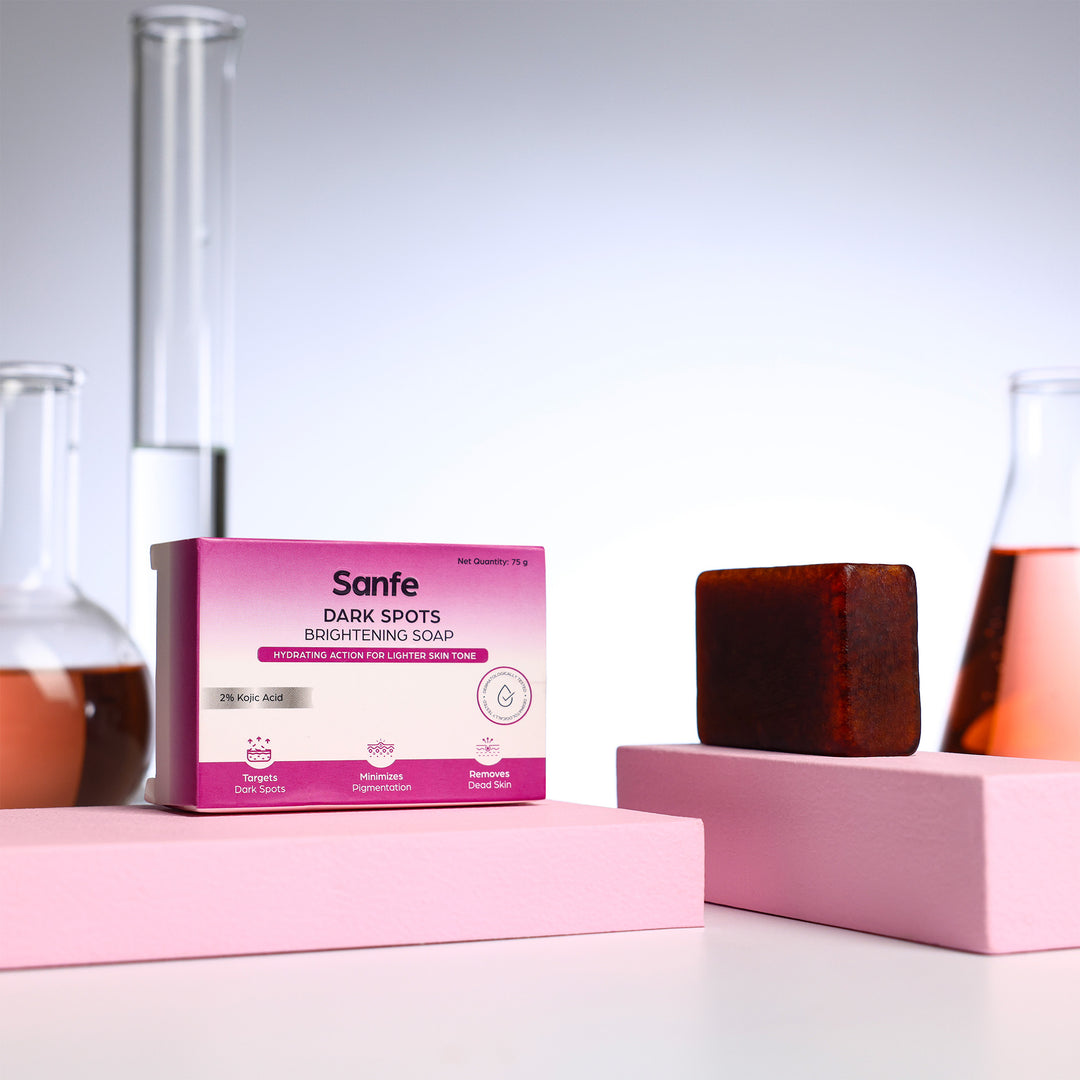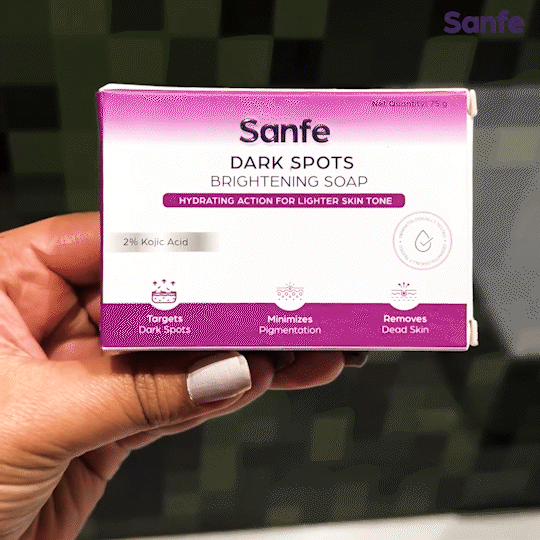
Women empowerment is often a crucial topic covered under government welfare schemes. The issue of menstruation and subsequently its hygiene acquire the forte of female emancipation. The government takes forward the issue of female hygiene by distributing pads, mostly disposable. By distributing disposable pads the government aims to do their bit to fulfill a dire need of every woman: easy access to safe, cheap and clean sanitary products. But how long will the practice go? Is it feasible for the women to purchase these pads later when the freebies are scraped off?How long does it take for the used disposable pads to decompose and is it environment-friendly?
Answers to such questions are still to be covered.
Distributing disposable pads, even for free, cannot go a long way. The lesson is nothing comes for free. Needy women who are given disposable pads as bait have to pay through their health. Disposable pads are bleached with chlorine giving them the ostentatious white color. Chlorine produces a byproduct called dioxin which is potentially harmful to the female body. Also, disposable pads contain plastic and elements of pesticide. Plastic blocks airflow to the vaginal area and thus annoy the user. Other than that it can also cause cancer and other reproductive issues.
The harm is caused not only to the body but also to the environment. Tons of plastic already exist, and disposable pads just add more. Cons of disposable pads are well known, especially in the government machinery. Despite the cognizance, government agencies are resolute to circulate and promote disposable pads. In a nutshell, disposable pads affect not only reproductive health but also the environment. They have proven to be problematic for the ecosystem. Thus, the very purpose of distributing pads is defeated. In the first place, there is a lack of will to comprehend and address the problem holistically. Even if the government ventures out to bring about productive changes, there has not been proper implementation and research towards it.
In the recent past, the issue has taken shape. Governments have taken initiatives in this direction. In 2018, the Andhra Pradesh government decided to distribute free sanitary pads to prevent girls from skipping school. For the older women from the low socioeconomic background, the government decided to provide sanitary napkins at concession price. However, it is often witnessed that such initiatives lose vigor and diminish midway.
To state another example, the Menstrual Hygiene Scheme (MHS) was launched by the government in 2011. It aimed at providing sanitary napkins at subsidized prices to 15 million girls aged 10 to 19 and in 152 districts across 20 states. However, the scheme lies in misery as it is infected by procurement issues, high costs, lack of knowledge and lack of disposal amenity. The government employed self-help groups and social activists to assist them in this task. Packets of branded pads were to be distributed to village girls. However, the scheme took off in 107 districts. A study revealed that 80% of girls were aware of sanitary pads but only 30% of them put them to use. Also, the supply was not uniform and sparse. In this scheme, the consistency of supply would have been the genesis of success. With such negligence, the scheme was doomed to be a failure.
Though governmental schemes have tried there bit towards elevating the situation of women in the country in many ways, loopholes have remained. The need of the hour is not hard work but smart work. Even when the availability of disposable pads was assured for a brief period, there was no provision for their proper disposal. There was a lack of connectivity between the scheme and the villagers because of the wide gulf of difference.
Though schemes are aimed towards the elevation of woman, the intended action backfires. Governmental schemes have always delivered disposable pads because of their cost-effectiveness. But in the longer run, reusable sanitary products are more feasible and preferable for maintaining reproductive health. The usage of disposable pads makes the health of unprivileged women more vulnerable. It exposes them to health risk factors. On top of that, hesitation around the topic of menstruation exists. It exists like the elephant in the room. Just the mere supply of disposable pads will not work in rural India. Psychological factors like understanding and trust have to be built. Without sensitivity by the government, unprivileged girls will feel even more skeptical to use the sanitary napkin. I feel not only girls but also boys should be included in the drive towards taboo-free menstruation. In the end, everybody is a part of the society whose support is needed to relieve periods of its taboo as it is a shared responsibility. High time, the authorities have to be perceptive of the ground situation and work accordingly.









